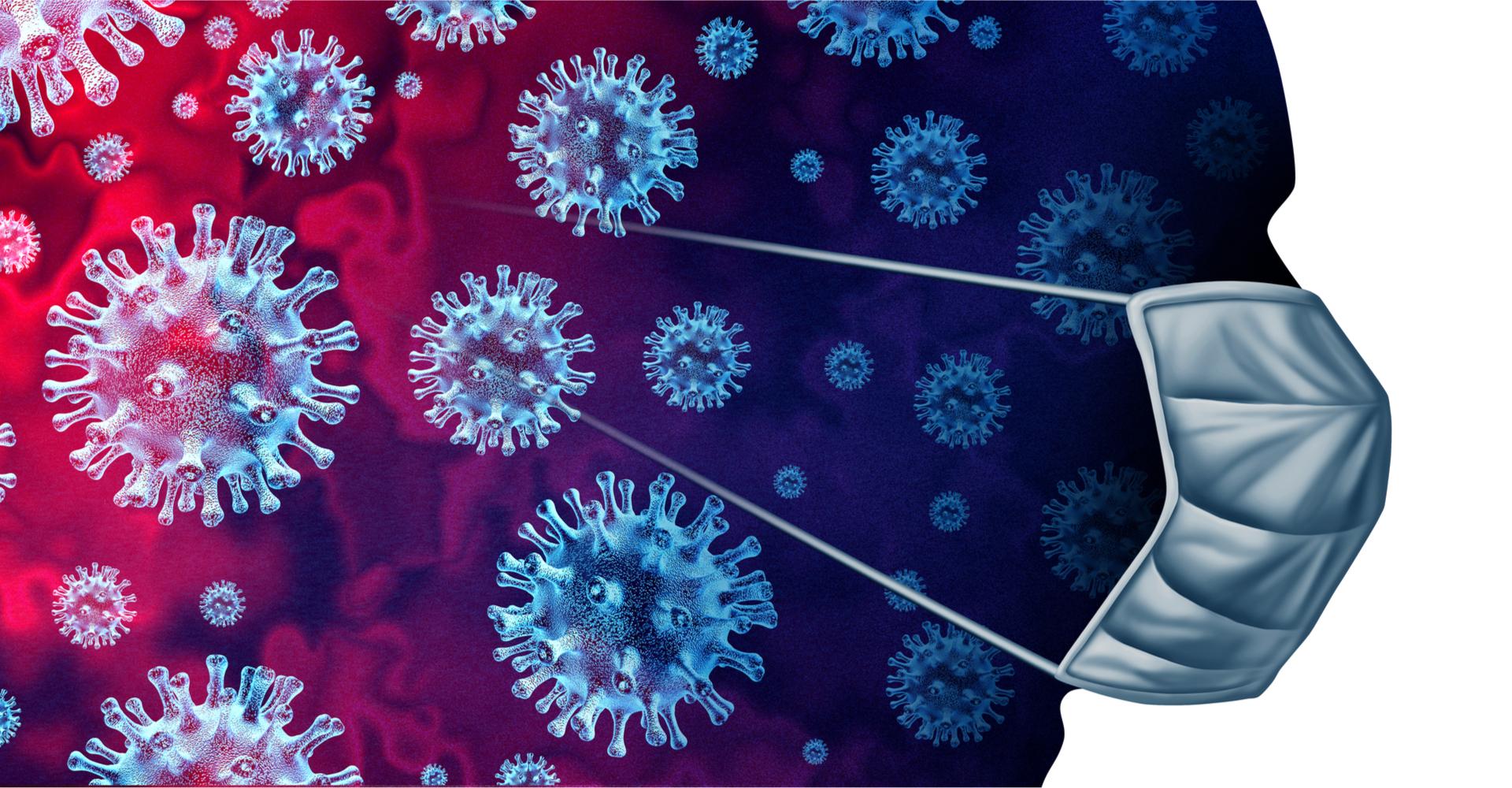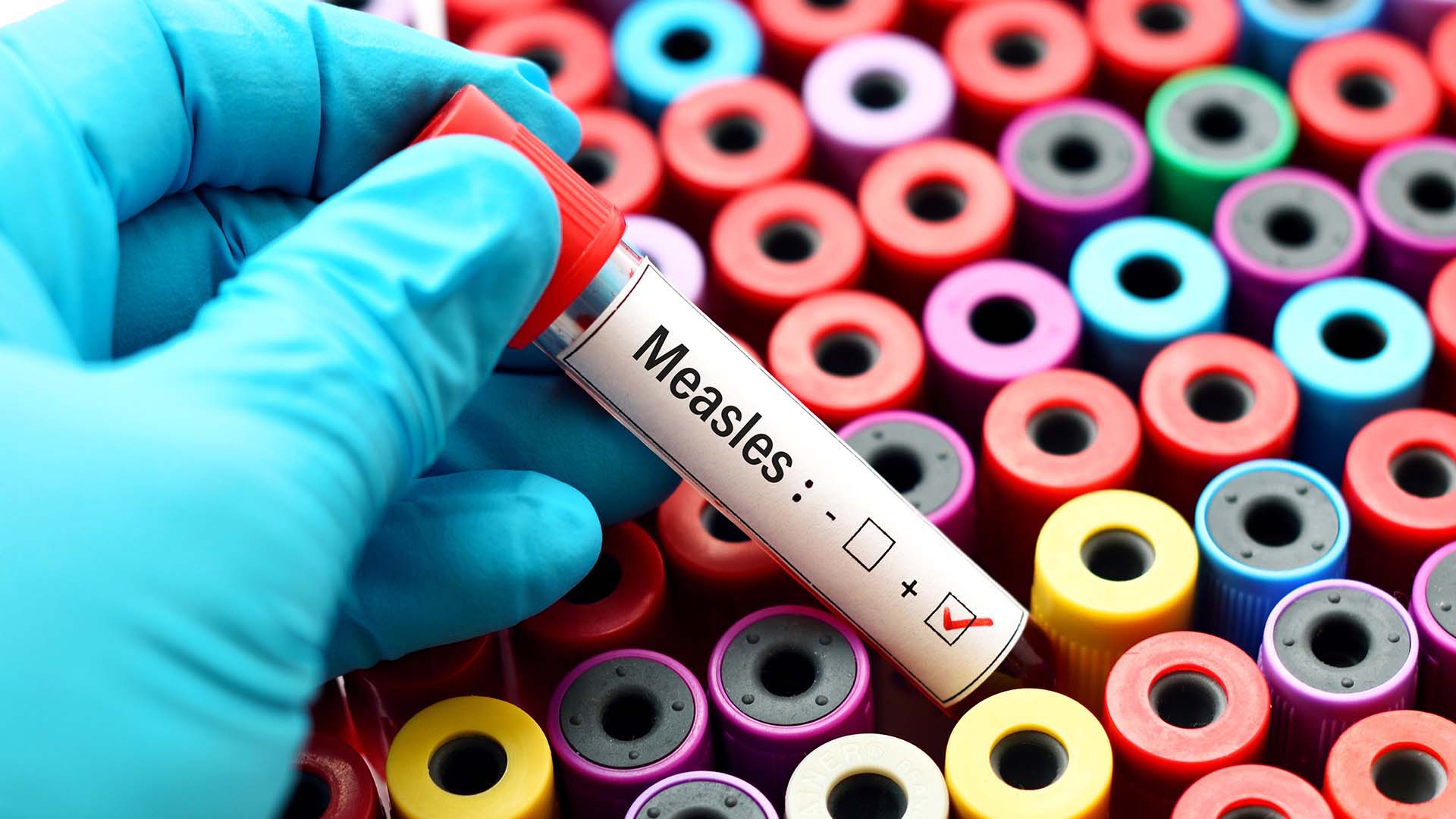What Coloradans need to know about coronavirus
The new disease, also known as COVID-19, is spreading across the globe through international travel. Colorado is home to the nation’s fifth busiest airport, so should we be concerned?

Metropolitan State University of Denver is diligently monitoring the emerging cases of COVID-19 in Colorado and providing updates to the University community on its dedicated Coronavirus Updates and Resources webpage.
RED will continue to report the effects of COVID-19 on Colorado’s economic, scientific and cultural sectors in subsequent stories.
UPDATE as of March 6, 5:00 p.m. MT: Colorado public health officials on Friday announced six new confirmed cases of COVID-19 bringing the total number of confirmed cases to eight.
The City and County of Denver announced Friday afternoon two residents have tested positive for COVID-19. The two Denver cases, a man in his 40s and a woman in her 70s, are unrelated. Both cases did involve international travel.
Tri-County Health Department announced Friday two additional cases of COVID-19 in Douglas County, a female in her 40s who recently returned from a trip to Italy and a middle school student who returned from a trip to the Philippines.
El Paso County Public Health announced Friday one confirmed case of COVID-19, a male in his 40s with a recent travel history to California.
The sixth confirmed case of COVID-19 announced Friday is a female in her 50s visiting Eagle County who was exposed during international travel.
UPDATE as of March 5, 7:00 p.m. MT: Gov. Jared Polis on Thursday evening announced Colorado’s first two confirmed cases of COVID-19. The first case is a male in his 30s who was visiting Colorado from California and became ill while skiing in Summit County, Polis said at a news conference. The patient is now recovering in isolation in Jefferson County, where he will remain until he is cleared by health officials.
The patient traveled to Italy in mid-February and an indivudal who traveled with him on that trip is a known case of positive COVID-19 in another state, according to the Colorado Department of Public Health & Environment. The patient flew to Colorado through Denver International Airport, traveled to Summit County in a rental car and stayed in Keystone where he skied at Keystone Resort and Vail Mountain Resort. When he became ill, he went to St. Anthony’s Summit Medical Center in Frisco on March 4.
The second case is an elderly female in Douglas County who returned to Colorado from an international cruise. She is isolated in her home and “has had limited public contact,” according to the Tri-County Health Department, which is leading this case investigation.
UPDATE as of March 2, 5:00 p.m. MT: The World Health Organization reports 88,948 confirmed cases of COVID-19 globally. Of those cases, 80,174 cases are in China resulting in 2,915 deaths. WHO reports 8,774 confirmed cases in 64 countries outside of China resulting in 128 deaths.
The U.S. Centers for Disease Control reports 43 confirmed coronavirus cases in the U.S. However, CNN reports 102 coronavirus cases in the U.S. based data from CDC, state and local governments. Of those 102 cases, 48 are repatriated citizens while 54 cases have been reported in 11 states. Six people have died in the U.S. from COVID-19, all in Washington state, according to CNN.
There are no confirmed cases of coronavirus in Colorado, according to Colorado’s Department of Public Health & Environment.
Cases of coronavirus continue to crop up around the globe this February.
The World Health Organization reported 75,204 confirmed cases of the respiratory disease in 26 countries as of Wednesday morning. Of those cases, 74,280 are in China, with 924 confirmed cases in 25 other countries. The virus is responsible for 2,006 deaths within China and three deaths outside of that nation. The U.S. Centers for Disease Control report 15 persons testing positive for COVID-19 in the U.S. as of Wednesday.
The epicenter of the coronavirus disease – which WHO has officially named COVID-19 – may be more than 6,500 miles away in Wuhan, China, but with Denver International Airport serving 64.5 million passengers annually (3 million of whom are international travelers), the state is not isolated from the outbreak. There are no confirmed COVID-19 cases in Colorado, according to the state’s Department of Public Health and Environment. As of Wednesday, 12 coronavirus tests have been conducted in the state with all returning negative.
So what do Coloradans need to know about this outbreak? RED turned to Metropolitan State University of Denver’s faculty experts – Sheryl Zajdowicz, professor of Biology; Jeff Price, professor of Aviation and Aerospace Science; and Alexandre Padilla, professor of Economics – for some hard facts on a fluid situation.
What exactly is the new virus?
COVID-19 is a newly identified coronavirus disease that originated in China and is caused by the virus SARS-CoV-2. “Many forms of coronavirus exist in both humans and animals,” explains Zajdowicz, “and they usually just cause moderate respiratory illnesses such as the common cold.”
However, the disease can turn deadly when it spreads from animals to humans – a process called zoonotic transmission. “That’s likely what happened here,” Zajdowicz says. “In the city where the virus originated, all those first infected had visited a local seafood and animal market.”
Why has the COVID-19 spread so aggressively?
“Coronaviruses spread via aerosolized droplets, from coughing and sneezing, say,” Zajdowicz explains, “so transmission generally requires fairly close proximity between people.” But COVID-19 has a trick up its sleeve: Some infected people don’t demonstrate typical symptoms for the first few days, she says.
That spells trouble, particularly for health care workers and hospital patients. Late last week, China announced that at least 1,716 health workers had confirmed cases of COVID-19 and six had died. Those deaths include Liu Zhiming, director of the Wuchang hospital in Wuhan. Likewise, a Feb. 7 study of 138 patients in Zhongnan Hospital of Wuhan University found 41% of them likely caught the virus while in a hospital.
How does the coronavirus outbreak compare with the previous SARS and MERS outbreaks?
On the negative side, COVID-19 – given its habit of sometimes incubating silently for days – has seen a much higher transmission rate than SARS or MERS, zoonotic pandemics that preceded it in 2003 and 2012, respectively, Zajdowicz says.
However, the new virus also appears much less likely to cause severe illness or death. “Where SARS had a mortality rate of nearly 10% and MERS hit a devastating 35%, the mortality rate for the current virus is around 2%,” she says.
UPDATE as of March 4, 9:00 a.m. MT: The World Health Organization reported in a press briefing that new data show the global mortality rate for COVID-19 was 3.4%, a figure that primarily reflects the outbreak in China, where the vast majority of cases have been detected. Early in the outbreak, scientists had concluded the death rate was around 2.3%.
How does COVID-19 affect international travel?
“The challenge with any biological agent is that there’s an incubation period, when symptoms might not be showing,” says Price. “So that by the time a person feels unwell, they could have already traveled halfway around the world, infecting others.”
That’s exactly what happened last week, when a lone Briton was found to have infected 11 people in three countries within just 8 days. Such superspreaders pose a particular risk in spreading the disease.
What is Denver International Airport doing to tackle the issue?
Airports don’t have much of a proactive role in this, Price says. Most of the responsibility for containing the coronavirus falls on Customs and Border Protection and Immigration and Customs Enforcement. These agencies keep track of planes arriving from countries with more exposure to the virus and know which visible symptoms to look for, he says.
“The airport operator will only become involved if an aircraft arrives and the crew suspects there’s an infected person on board,” he says. “Then they will quickly move the airplane to an isolated area where health officials can do their work.”
What tools do DIA and its airlines have if more cases are diagnosed in the U.S.?
Airport operators and airline employees are ready to step up, Price says. “If we start to see more cases domestically, there will likely be increased engagement by the airport’s security, police and operations personnel in watching for signs and symptoms,” he explains. “Flight-crew members, including flight attendants, are already trained to watch for any signs of the latest virus. And if they suspect a passenger is ill during a flight, they can get a doctor on the phone while still in the air to receive medical advice on what to do.”
How well-prepared are we for this new virus?
At last, some positive news: “All airports, airlines and involved agencies significantly built up their pandemic protocols years ago following the SARS and MERS outbreaks,” Price says, “so rigorous plans are already in place.”
Zajdowicz agrees: “We now have much better public-health strategies that will help contain any spread far faster than what happened in the past.”
Say someone shows up at DIA – from any country – visibly coughing and feverish and demonstrating symptoms typical of the virus. What happens next?
“That’s a tough call,” says Price. “‘Coughing and feverish’ describes how I spent Super Bowl Sunday with whatever local variation of the flu I had. No, it was not the coronavirus. Yes, I missed the entire game.”
Generally, he says, airport or TSA employees, or even passengers, will initially spot someone who is ill and call paramedics. But the airlines act as a vital last line of defense. “When flight attendants greet people boarding the flight, that’s not just for customer service,” he explains. “They are sizing up their passengers – looking for anyone who looks unwell or intoxicated, for example.”
And if they have sufficient concern, they can act upon it. “Ultimately,” Price says, “the attendants can remove anyone from a flight for safety, security or public-health-related reasons.”
Is coronavirus negatively affecting the global economy?
Short answer: Somewhat, but it’s still early days. “If the coronavirus becomes pandemic, we will certainly start to feel the economic impact,” says Padilla. “Airlines, tourism, cruises, hotels and many other businesses will all be caught up.”
Wuhan and 16 other Chinese cities have been put on lockdown by the government, and almost half of China’s 1.3 billion people remain subject to varying forms of travel restrictions and quarantine measures. The virus has also put a screeching halt to international travel to China. Before the outbreak, flights to China were expected to represent 4.6% of U.S. international trips over the next 2 months. That number will drop drastically with major U.S. carriers canceling flights to China through the end of April.
The issue, Padilla says, is that China is now the second-biggest player – in terms of gross domestic product – in a globalized economy, so it plays a critical role in the global supply chain: “If lots of virus-affected factories in Chinese’s provinces start closing down, that could mean significant problems in the long run.”
One of the first American companies to announce coronavirus would negatively affect its business is also one of the world’s largest: Apple Inc. Monday, the company announced it won’t be able to meet its fiscal second-quarter financial guidance as a result of the virus in China.
“Work is starting to resume around the country, but we are experiencing a slower return to normal conditions than we had anticipated,” Apple said in a statement. About 15% of Apple’s revenue derives from China, and many of its products including the iPhone are manufactured there.







